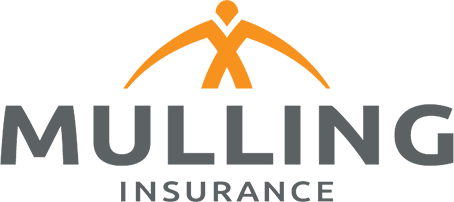Today’s competitive job market makes a strong employee benefits program even more important for attracting and retaining top talent; however, running an effective benefits program requires careful planning, ongoing optimization, and a strategic approach.
To make the most of your time and efforts, let’s look at five strategies to help you maximize the impact of your employee benefits program.
Understand Your Workforce Needs
The first step to running an effective benefits program is to deeply understand the unique needs and preferences of your employees. Your current program may be able to improve in areas that you didn’t realize were lacking. A study by Glassdoor found that 75% of employees want their employer to support employee wellness with great benefits, but only 65% are satisfied. Conduct regular surveys, focus groups, and data analysis to gain insights into what benefits are most valued, where gaps exist, and how employees are utilizing the current offerings. By understanding what your employees value, you can choose a benefits package that best aligns with their needs.
Leverage Data and Analytics
Data-driven decision-making is essential for optimizing your benefits program. Use reporting and analytics tools to track key metrics such as plan utilization, cost trends, and employee satisfaction. This will enable you to identify areas for improvement, make informed decisions about plan design, and demonstrate the value of your benefits investments.
Prioritize Employee Experience
Today's employees expect a personalized, consumer-like experience when navigating their benefits. Prioritize choosing user-friendly enrollment platforms and other technologies that empower employees to easily access, understand, and manage their benefits. In addition, using clear and engaging communication strategies is valuable to make sure employees are aware of their options and understand how to take advantage of the benefits.
Optimize Costs and Mitigate Risks
Managing the rising costs of healthcare and benefits is a top priority for many employers. Explore strategies such as self-funding, pharmacy benefit management, and wellness initiatives to control expenses. Workplace wellness programs that follow best practice guidelines return $2-3 for every $1 invested. Additionally, ensure your benefits program remains compliant with all relevant regulations to avoid costly penalties.
Choose the Right Agent
Navigating the complex and ever-changing world of employee benefits can be a significant challenge for HR teams. Consider choosing a benefits broker who works with you through setting up the employee benefits process, stays up-to-date with industry insights, and offers a variety of packages to choose from. This will free up your internal resources to focus on strategic priorities while helping your benefits program stay optimized and compliant.
By implementing these strategies, you can transform your employee benefits program from a cost center into a strategic asset that supports your organization's success. A well-designed and efficiently managed benefits package can be a powerful tool for attracting top talent, improving employee satisfaction and retention, and ultimately driving business growth.
Do you wonder if your employee benefits program has gaps in coverage, is in compliance, or is the most effective for what you’re paying? Contact the Mulling team for a free Employee Benefits Review. We’ll review your strategy and help identify areas to help make sure you are keeping your employees healthy and happy.
 Kevin Conrad, LUTCF | Commercial Insurance Advisor
Kevin Conrad, LUTCF | Commercial Insurance Advisor
With more than a decade of experience in employee benefits, Kevin Conrad specializes in helping businesses find the right benefits program that keeps their employees healthy and happy.


